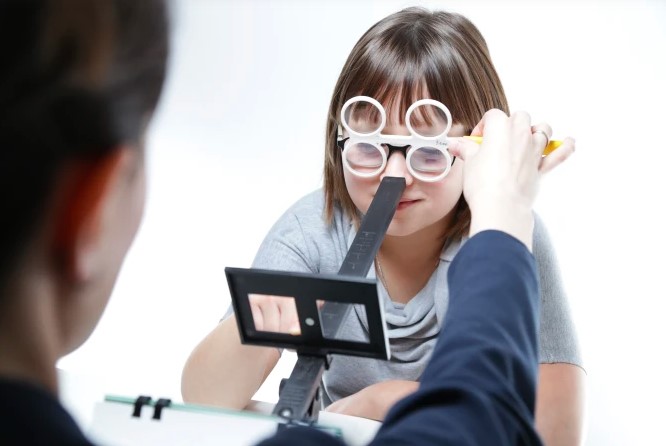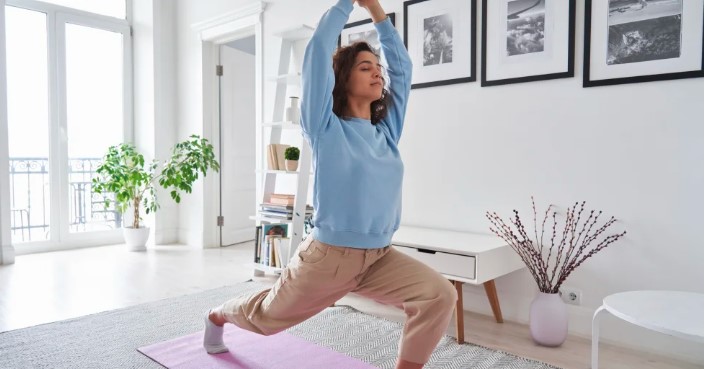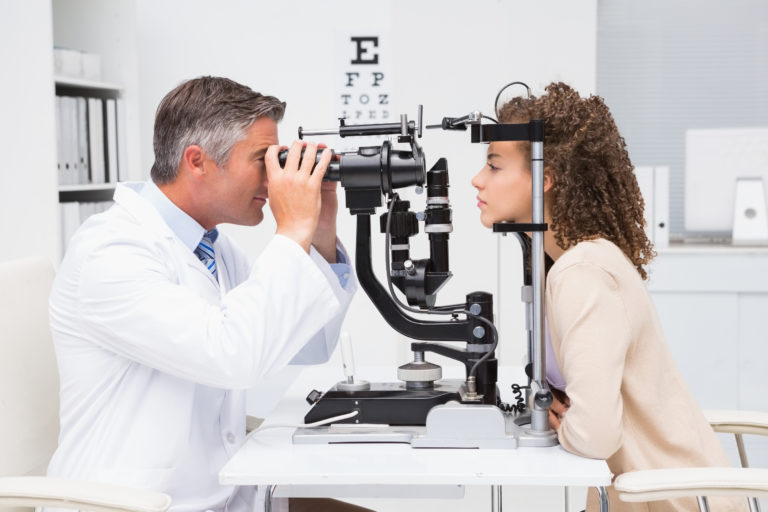Vision therapy is used to treat problems relating to the brain, such as surgery or brain injury. It can also be used to treat issues with double vision, headaches, or balance problems. It also helps people with poor vision skills resulting from developmental delays, such as autism spectrum disorder and cortical visual impairment. The treatment can help people learn to see normally again, and is a great way to improve a person’s quality of life.
Optometric Vision therapy
Optometric vision therapy is a practice that helps patients improve the function of their eyes. This method involves a doctor-supervised program for eye teaming, binocular vision, and visual information processing. A doctor of optometry can help patients improve these skills and provide a practical alternative to drug therapy. The doctor uses special tools, such as prisms, to assist patients in gaining visual awareness and training their eyes. Home instructions are also provided to the patient, so they can practice between visits.
Optometric vision therapy can help patients with a wide range of conditions. It focuses on the development of visual-motor skills through specialized optical and computer devices. The tools used include therapeutic lenses, prisms, and filters. Through repetition, these new skills are integrated with other motor and cognitive abilities. The aim of optometric vision therapy is to increase the quality of life for individuals with vision problems. This therapy is beneficial to children and adults of all ages.
Near Point Stress
Visual stress is a condition in which an individual strains their visual system by performing tasks that are too close. It is associated with a decrease in performance and a reduced ability to focus on close objects. Moreover, it can result in the avoidance of certain tasks. Although it is often mistaken for distractibility, it can actually lead to functional vision problems. The symptoms of near point stress can be eliminated by a combination of vision therapy and lens prescribing. Furthermore, proper work/study visual hygiene can greatly reduce the symptoms of this problem.
The development of myopia has been linked to nearpoint stress. People who wear bifocals have less accommodative demands when performing near-work tasks. Nevertheless, there are a number of studies comparing single vision with progressive glasses, and undercorrecting a child’s vision has not proven to reduce the progression of myopia. Undercorrecting the prescription for a child’s eyes has also been shown to accelerate myopia development.
Low-plus
There are various methods for evaluating the effectiveness of low-plus vision therapy. The use of MEM cards can help patients access the near-sighted mode. Low-power minus lenses are used for this purpose. Patients who cannot tolerate the near-sighted mode of vision should wear these lenses. If the patients experience no improvement with these lenses, low-plus vision therapy may be beneficial. It can be an effective option for a variety of conditions, including myopia and hyperopia.
Although some people believe that vision therapy can help children with myopia, many studies have found no evidence that low-plus glasses improve children’s reading abilities. In addition, low-plus vision therapy has not been shown to be effective for children with learning disabilities. Many studies have found that the use of low-plus “training glasses” does not improve the learning performance of children with dyslexia. Low-plus vision therapy may also lead to other health problems such as accommodative infailility.
Behavioural Approaches to the Treatment of Strabismus
Behavioural approaches to the treatment for strabismus involve using a combination of different techniques to correct a patient’s eye condition. If left untreated, strabismus may lead to a lazy eye and permanently poor vision in the turned eye. This is because the brain receives two images when looking in opposite directions. The turned eye is often ignored by the brain, making the result an even more severe problem.
Behavioural approaches to the treatment for strabismus work on children who are younger than five years old. They do not have to be able to give feedback when trying on glasses. Often, children are too young to give feedback, and can be screened for the condition before they reach the age of three. Some types of strabismus can be treated with orthoptics.







